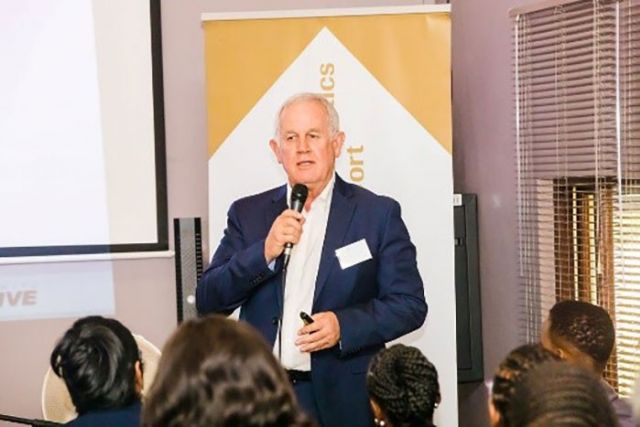
Absa launches unique vehicle finance package for Foton Taxis
Absa Vehicle and Asset Finance and Foton South Africa celebrated their first anniversary with an innovative new taxi finance product.
- Industry News
- 30 July 2025
Dealerfloor has heard of several recent attempted hijackings of demo cars. We knocked on the door of MasterDrive CEO and COO Eugene Herbert to ask about the best practices to prevent hijackings.

“In handling a vehicle demonstration, as with many other crime prevention procedures, it is true that prevention is better than cure. So, make sure to discourage an attempted hijacking well before the person gets behind the wheel,” says Eugene.
Eugene explains that an attempted hijacking is normally planned well in advance and that hijackers never work alone. Any way in which dealers can show that they too are prepared and working as a team will usually send the hijacker on his way to look for easier targets.
“Firstly, try not to do walk-in test drives. It may be difficult, because sales are hard to come by and you do not want to let a prospect slip through your fingers. If you still want to do the test drive, perhaps first test the person’s reaction when you mention that test drives are by appointment only.

“Use the information-gathering process at the start as the first discouragement. Collect the person’s info under the guise of COVID screening and don’t cut corners when having the person complete the necessary forms and provide his driver’s licence. Compare both if you are worried,” says Eugene.
“Next up, consider offering three or four pre-set routes for the person to drive, without providing exact details. You can ask him or her to describe the way in which they would use the car to suggest one of the pre-set routes and then, as a precaution, mention your selected route to a colleague or the receptionist. If you can do this while within earshot of the prospective client, so much the better.”
Once in the vehicle, it would be advisable for the salesperson to mention to the driver that all vehicles are tracked and monitored at all times. Also mention that, owing to insurance regulations, no calls are allowed during the drive. This will again discourage any hijacker who may want to warn his colleagues of changes to the route or give them a heads-up that he is approaching the pre-arranged spot.
“Once you are on the route, try to keep the vehicle moving. Don’t allow breaks for the driver to relieve himself (you can offer a bathroom break prior to departing). Also, as you will know the route well, you could pre-empt a long stop at an intersection by encouraging the driver to slow down and time the traffic light ‘to avoid any unnecessary inconvenience while testing the vehicle’,” says Eugene.
“And listen to your gut. You will know when something feels amiss, especially if the prospective customer is evasive, in a hurry to get in behind the wheel, irate about not being allowed to use his phone in the car or not interested in all the features you show him.”
Lastly, Eugene mentions that there are tools, such as the Namola GPS panic button that they supply to protect salespeople on test drives. This device is independent of your phone and allows you to hide it on a lanyard in your shirt or on your wrist to notify a pre-set security company and the dealership if there is a crisis.